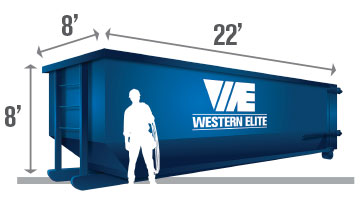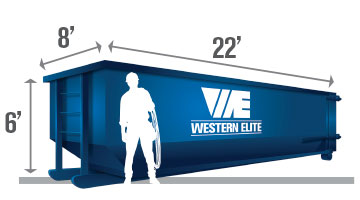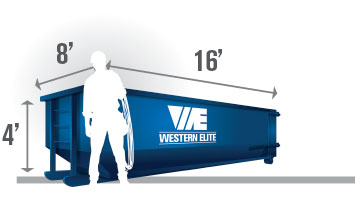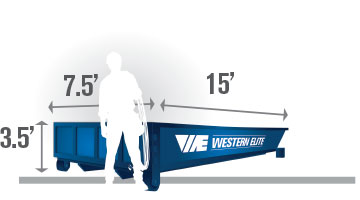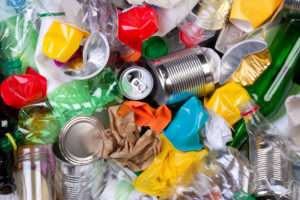 Ever wondered how the materials you recycle are reused and recycled into new products? Here is a look at how paper, plastic, and glass are recycled.
Ever wondered how the materials you recycle are reused and recycled into new products? Here is a look at how paper, plastic, and glass are recycled.
Paper
Once the paper arrives at the recycling plant, it is sorted into different types and grades. The sorted paper is then washed in a type of chemical bath that strips it of inks, plastic film, glue, and staples. The stripped paper is then mixed with water to create “slurry.” This slurry is what serves as the base for a wide variety of paper products. Depending on which materials are added to the slurry, you can create cardboard, newsprint, office paper, and more. Once the slurry is mixed with these additional materials, it is spread by large rollers into large, thin sheets. These large, thin sheets are left to dry, and then they are rolled up so that they can be cut and sent back to paper suppliers.
Plastic
Plastic recycling is a little more complicated because there is even greater variety in the world of plastics. Before recycling, plastics are sorted both automatically and manually according to resin type. Some plastics are additionally sorted by color. Then, the sorted plastic materials are shredded, and these shredded fragments then undergo various processes to remove impurities like glue and paper labels. The plastic material is then melted and extruded into the form of pellets, which are, in turn, used to manufacture new plastic materials.
Other processes for recycling plastics exist as well. Thermal depolymerization, for example, converts an assortment of polymers into petroleum, which in turn can be made into fuel or other polymers. Heat compression, meanwhile, takes unsorted, cleaned plastic of all forms (plastic bags, hard industrial waste, etc.) and mixes them in extra large tumblers. These tumblers apply heat, and the final result is a new plastic material.
Glass
The glass recycling process is rather straightforward. Once the glass arrives at the recycling plant, the glass is sorted by color and is washed to remove any impurities. Then, the glass is crushed, melted, and molded into new glass products. Recycled glass can also be used for other purposes such as brick manufacturing or various decorative uses. The finished glass products are then sent back to manufacturers to be used once again. One of the best things about recycling glass is that glass does not degrade through the recycling process; therefore, it be recycled over and over again.
Image By TheWritersHQ


